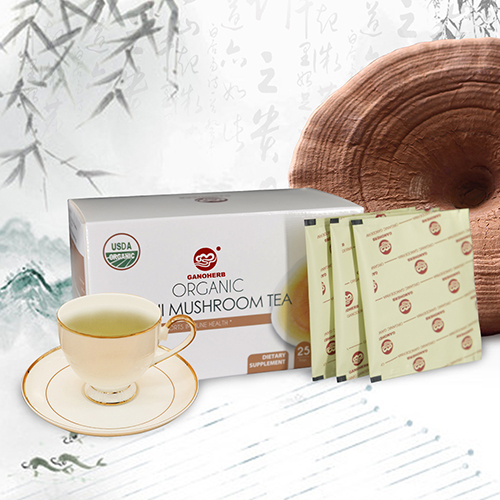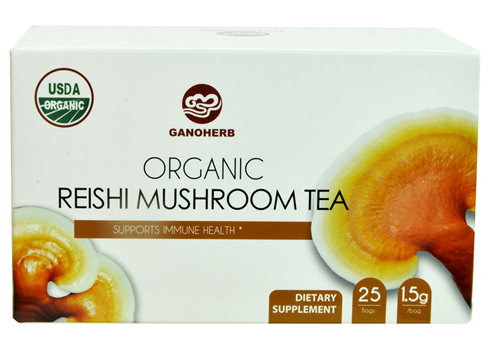Cotton dressings outside the roots, commonly known as foliar spray fertilizer, spraying fertilizer solution on the stems and leaves of cotton plants, so that stems and leaves absorb nutrients, to achieve the purpose of nutrition whole plants (including roots). It has the advantages of provincial fertilizer, quick effect, and not limited by soil conditions. It is an important measure to increase nutrient supply to cotton plants quickly after the birth of cotton, especially after the beginning of autumn. Why do you say so?
Many studies have shown that the nutrient absorbed by the leaves can be run and assimilated in the body just like the nutrient absorbed in the root. Fertilizing outside the root is a way for the plant to obtain nutrients, so the late-stage foliar application of fertilizer can also slow the aging of the roots. Further studies have shown that there are many fine structures on the outer wall of the leaf epidermal cells, such as fine structures in the cells of the cells of the pores, at the base of the leaf hairs and around, and on the epidermal cells of the veins. These pores make the cell protoplasm directly related to the outside world. It is the passage of nutrients into the cell's protoplasm and is an active process of absorption.
After the “Early Autumn†solar season, cotton has entered the late stage of flowering, and the ability of roots to absorb nutrients has been weakened. The upper cotton buds have continued to grow and develop. There are many fertilizer-less cotton fields, or the middle and lower parts of the cotton fields, and the upper malnutrition. The cotton field is an important period for foliar spraying. In the cotton fields where potassium fertilizer is not applied or where early rain is large, the symptoms of potassium deficiency have already appeared in the old leaves of the lower part. With the increase of the number of bells and the increase of rainfall, the shortage of potassium will be further aggravated. If the available potassium is not timely supplemented, it will Causes premature onset of illness, small bells, poor boll opening, decreased clothing, and even serious cotton plants die. Therefore, spraying potassium at the later stage is a necessary increase in production technology in most cotton fields.
First, spraying potassium fertilizers with high quality potassium sulfate The most suitable high-quality potassium sulfate is also called first-grade potassium sulfate, containing more than 50% of potassium oxide (K2O). Dosage form should be selected as water-soluble powders or microcrystals. Any other potassium-containing foliar fertilizer cannot reach the potassium content of potassium sulfate. Therefore, potassium sulfate is the most affordable and safest type of foliar spray fertilizer. For example, Russian-made “Aip†potassium sulfate contains up to 52% of K2O and is very soluble in water (13 grams of soluble potassium sulfate per 100 grams of water at 30°C). According to the mu spray 3 times, each spray fertilizer 0.6 kg/mu, the utilization rate of 70% can be absorbed and used K2O0.66 kg / acre, these potassium can meet the needs of mu increase 15 kg of seed cotton.
Second, spray fertilizer on both sides of the cotton leaf must be sprayed from the leaf structure, the back surface of the leaf blade is a sponge tissue, more loose, larger cell gaps, more cells in the pores, and the leaf surface of the epidermis of the palisade tissue is more dense, The absorption of nutrients is less than the back of the leaves and is slow, so when spraying, it is necessary to fully fill the solution on both sides of the blade. Per mu of spray should not be less than 30 kg, of which potassium sulfate 0.6 kg (2% of the concentration), mainly sprayed on both sides of the top half of the cotton plant.
Third, the evening windless weather is the best spray fertilizer solution moist leaves the longer the fertilizer effect is better. It is generally required that the wetting time be maintained for 0.5 to 1 hour, so it is best to spray in cloudy weather or cloudy days in the evening.
Ganoderma tea (Reishi Mushroom Tea/ Lingzhi Tea) is made of 100% USDA certified organic Ganoderma Lucidum. The Ganoderma Lucidum ingredient used for this product comes from our self-built organic Ganoderma farm located in Mt. Wuyi, Fujian, one of the largest Ganoderma origins in China. The whole cultivation process strictly follows the organic standards without any use of pesticide, herbicide, and chemical fertilizer to ensure its highest quality and efficacy.

This organic Ganoderma Tea is very convenient to carry and make. Each box has 25 individually packaged tea bags. Just open the sachet, put the tea bag in a cup and add hot water, a cup of warm and delicious Ganoderma tea will be ready for you in just 1-2 minutes.

This product has a unique mushroom flavor and a mellow sweet aftertaste. Different from other Herbal Tea on the market, Ganoderma tea has many health benefits, such as enhancing overall immunity, relieving stress, improving sleep quality and reducing allergy. It is gluten free, lactose free, and no additives or preservatives whatsoever, therefore it Is suitable for all people especially for people with low immunity or high stress.
Ganoderma Tea
Ganoderma Tea,Reishi Tea,Reishi Mushroom Tea,Herbal Tea,Ganoderma Lucidum Tea,Lingzhi Tea
Ganoherb International Inc. , http://www.ganoherb.us